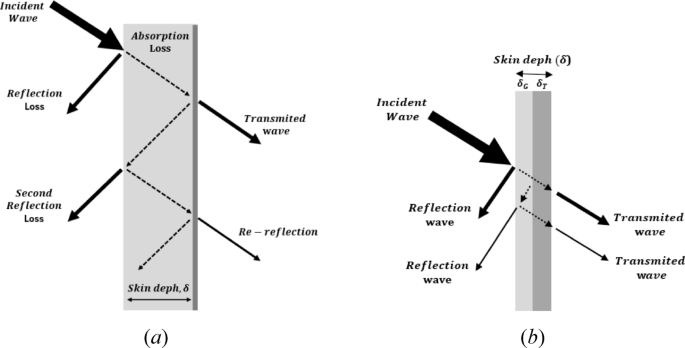Smart Fabric, Silent Signals: A Breakthrough Textile Absorber for 4G and 5G Radiation

As wireless networks grow denser and digital devices saturate our daily environments, the challenge of electromagnetic interference (EMI) and radiation pollution becomes critical. The solution? Not a multi-million dollar chip redesign—but perhaps a humble strip of enhanced denim.
A team of Brazilian researchers has just introduced a low-cost, flexible, textile-based electromagnetic absorber that shows exceptional performance in the 4G and 5G frequency bands. Published in Scientific Reports by Nature, this innovation could redefine how we manage EMI in smart cities, wearable tech, and beyond.
The Problem with Invisible Pollution
EMI can disrupt electronic systems, harm human health, and compromise the reliability of devices in medicine, aviation, and autonomous transportation. Traditional commercial absorbers like the polyurethane-ferrite-based LF-75 are thick, rigid, and expensive. They also interact primarily with magnetic fields, limiting their adaptability.
This study—read full article here—presents an alternative: a textile absorber built from denim, graphite, and white PVAc glue. The G2 prototype showed a remarkable maximum absorption of 26.6 dB at 3.93 GHz, and performed at near-commercial levels while being 98.83% thinner.
Inside the Fabric: How It Works
The core of this absorber is a composite of graphite—an excellent conductor due to its sp2 hybridized carbon planes—suspended in polyvinyl acetate glue and applied to denim fabric. This combination affects the electric component of incident electromagnetic waves, transforming wave energy into heat via resistive (Joule) loss mechanisms.
Three prototypes were fabricated with varying thicknesses of the composite layer: G1 (0.25 mm), G2 (0.35 mm), and G3 (0.5 mm). Measurements were conducted using a Vector Network Analyzer and free-space double-ridge guide horn antennas, comparing the performance with the commercial LF-75 absorber.
Key Performance Metrics
- G2 prototype: Max absorption of 26.6 dB at 3.93 GHz (ideal for 5G mitigation)
- 98.83% thinner than LF-75 while showing comparable performance from 2–4 GHz
- Cost-effective: built using widely available household materials
- Lightweight and flexible: ideal for wearable tech and embedded urban infrastructure
The researchers also evaluated electrical resistance, reflection (S11), and transmission (S21) parameters. G2 and G3 showed performance curves nearly matching the commercial standard, especially between 2–4.5 GHz.
Why It Matters for Industry and Society
This textile absorber isn’t just a laboratory curiosity—it’s a scalable and accessible solution to a growing global problem. With 5G base stations multiplying and IoT devices proliferating in homes, hospitals, and factories, the ability to absorb and contain EMI in a non-intrusive, cost-efficient way is critical.
Potential use cases include:
- Radiation shielding in hospitals and medical labs
- Invisible EMI damping in smart homes and office furniture
- Wearable fabrics that shield the body from harmful exposure
- Cost-effective retrofitting for EMC compliance in emerging markets
This research marks a significant step forward for sustainable electronics, wearable tech, and low-cost infrastructure upgrades in smart cities.
Read the full paper on Nature.com
🚀 Promote Your Scientific Breakthrough with QSComputing 🚀
Are you a materials science researcher, electronics innovator, or R&D group working at the frontier of technology?
Let QSComputing help you turn technical complexity into global impact. We specialize in scientific communication strategies, SEO-optimized blog content, and social media marketing for laboratories, startups, and university consortia.
📣 Want your innovation featured in this blog?
Flexible, negotiable advertising space is now available directly within Quantum Server Networks.
👉 Learn more at: qscomputing.com/support-scientist-services
#TextileAbsorbers #5GTechnology #EMIShielding #SmartFabrics #MaterialsScience #GraphiteComposites #WirelessTech #ElectromagneticCompatibility #QuantumServerNetworks #ScientificBlog #ScienceMarketing #SustainableElectronics #IoTShielding

Comments
Post a Comment